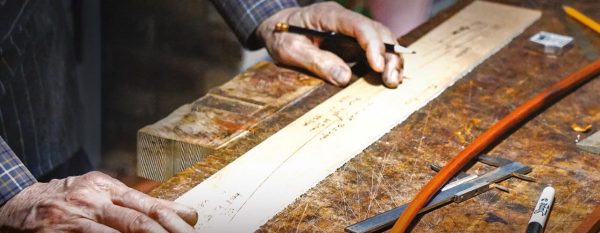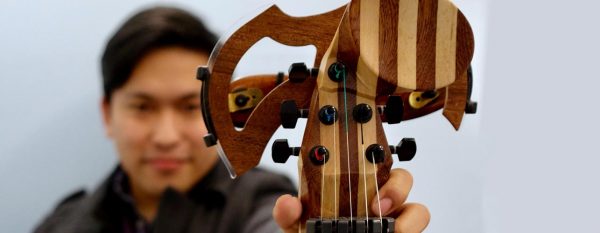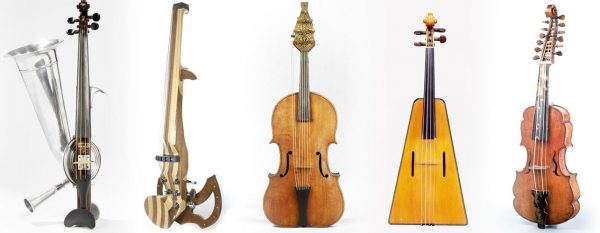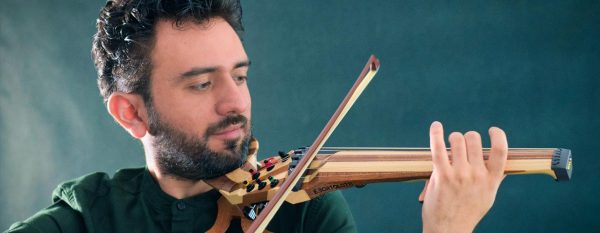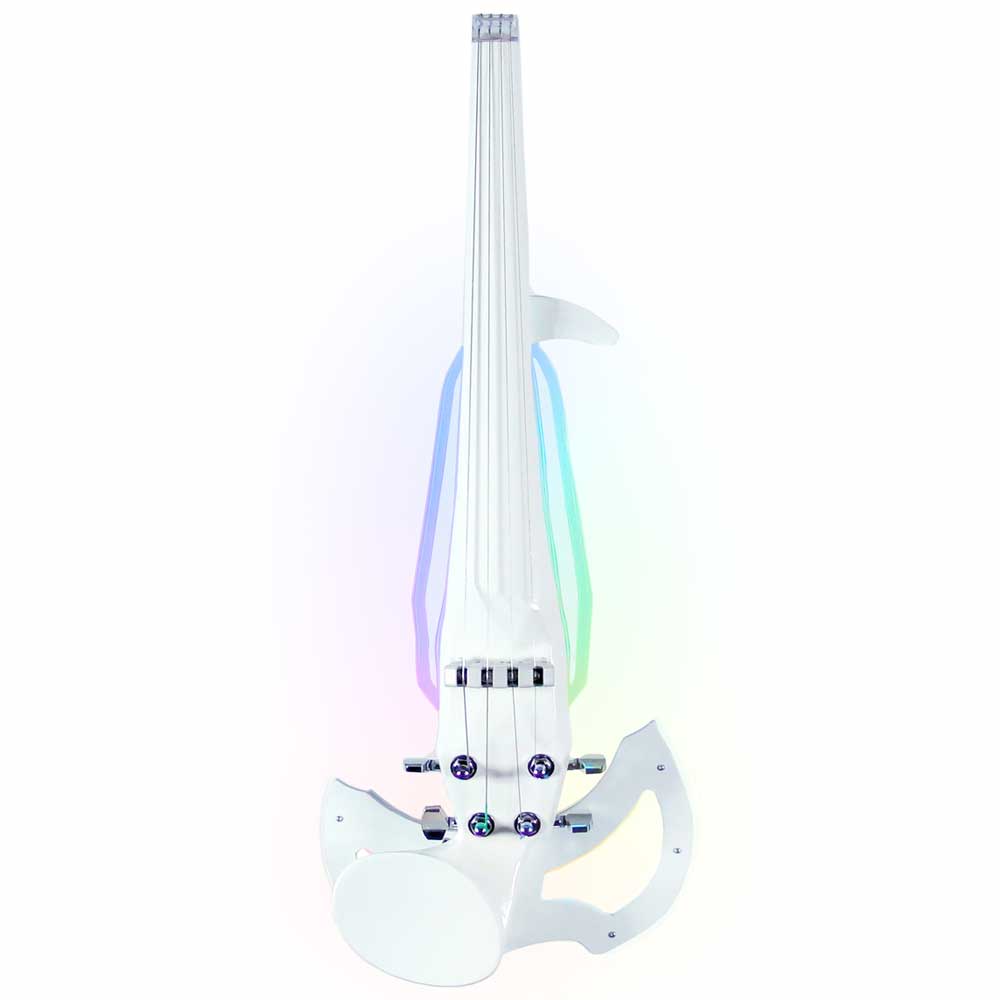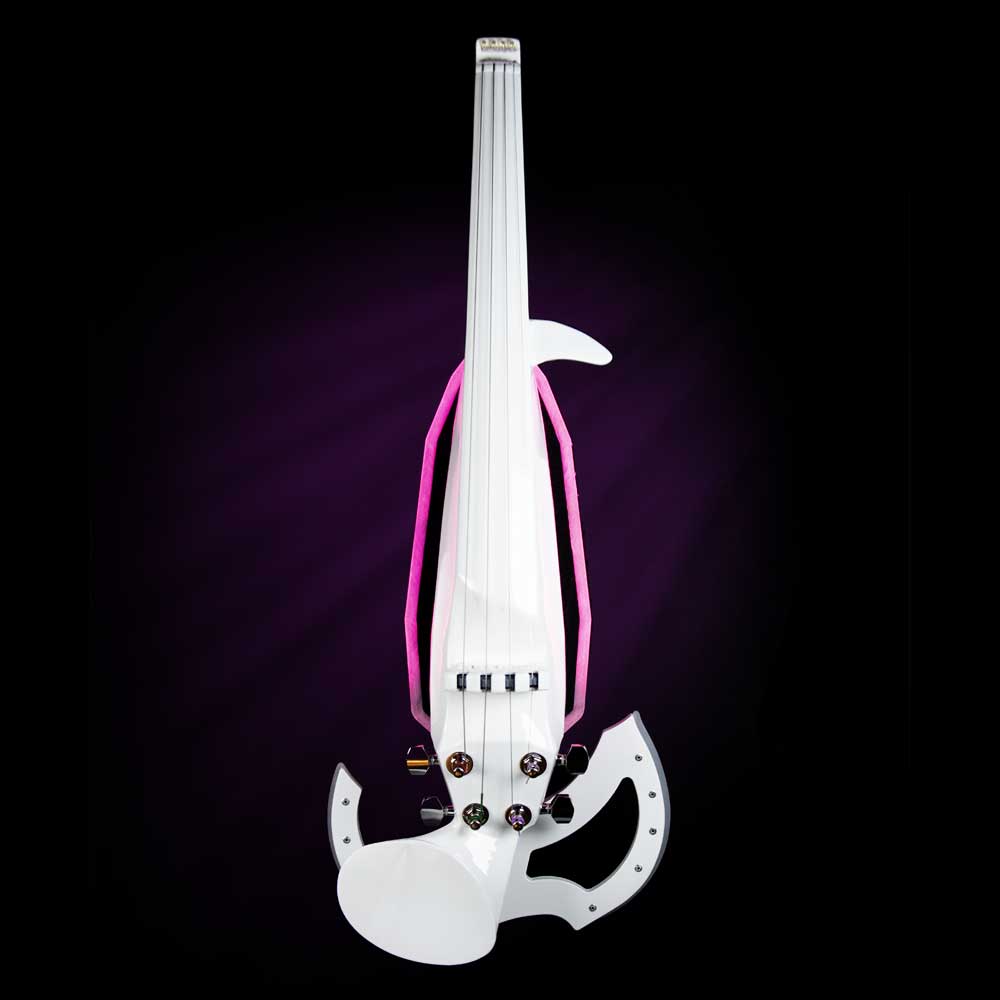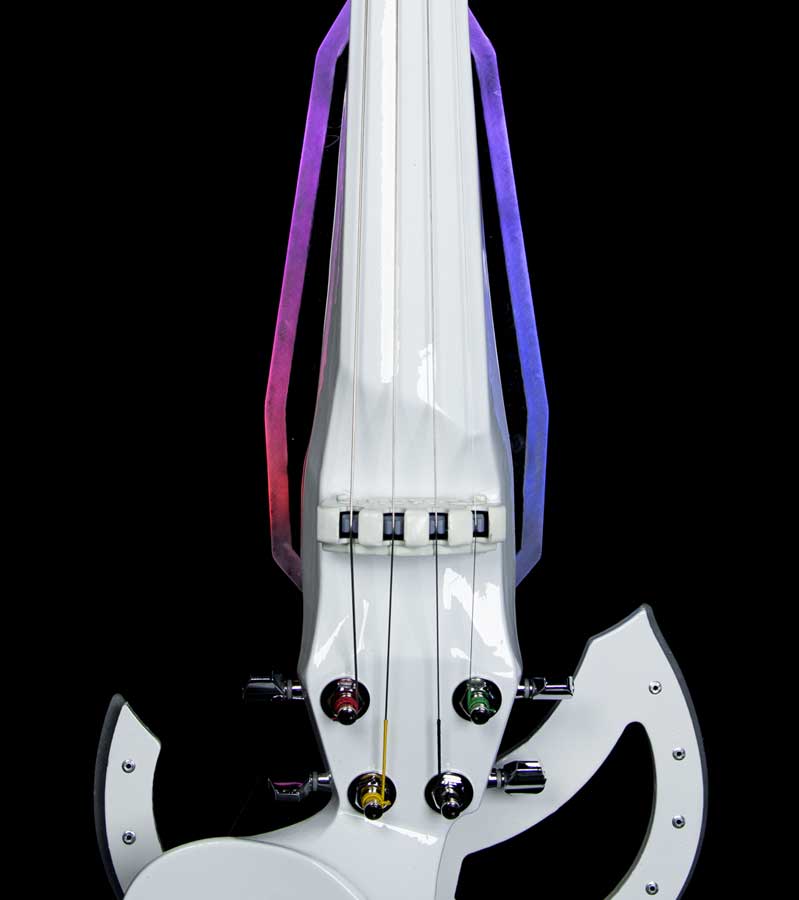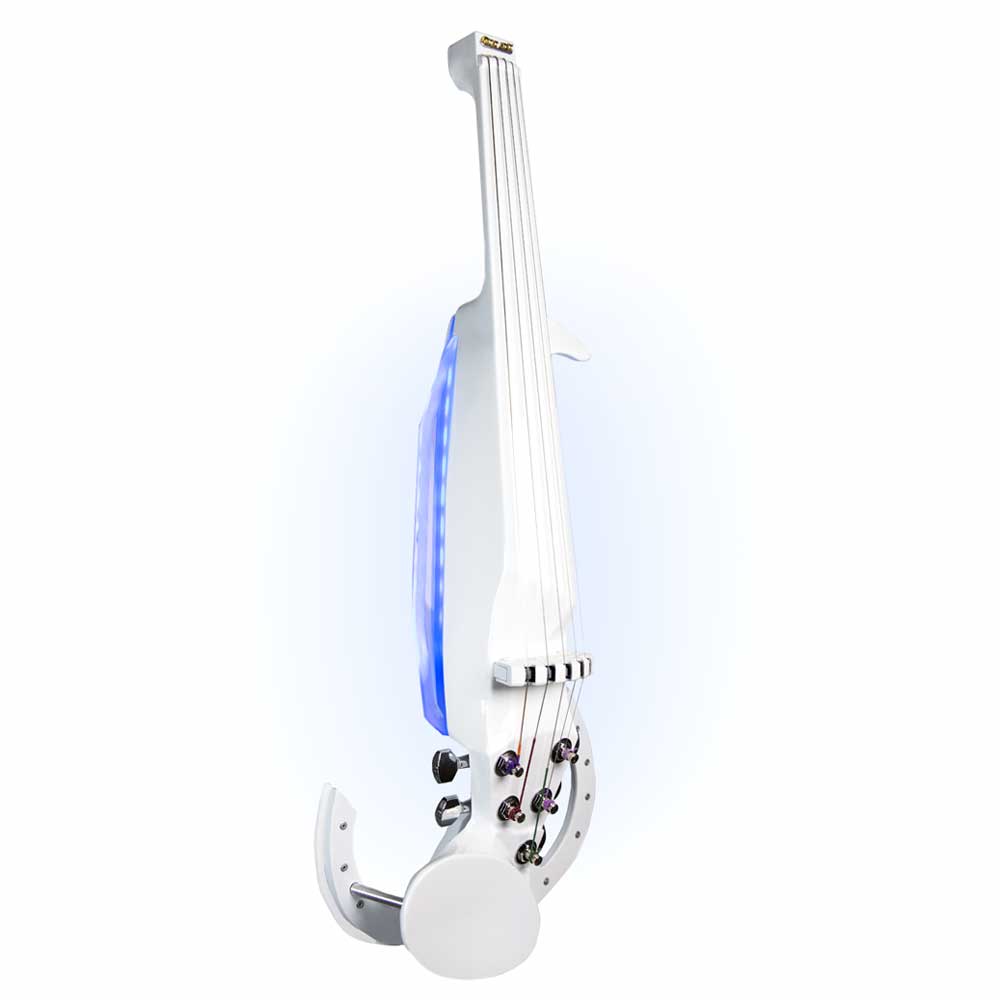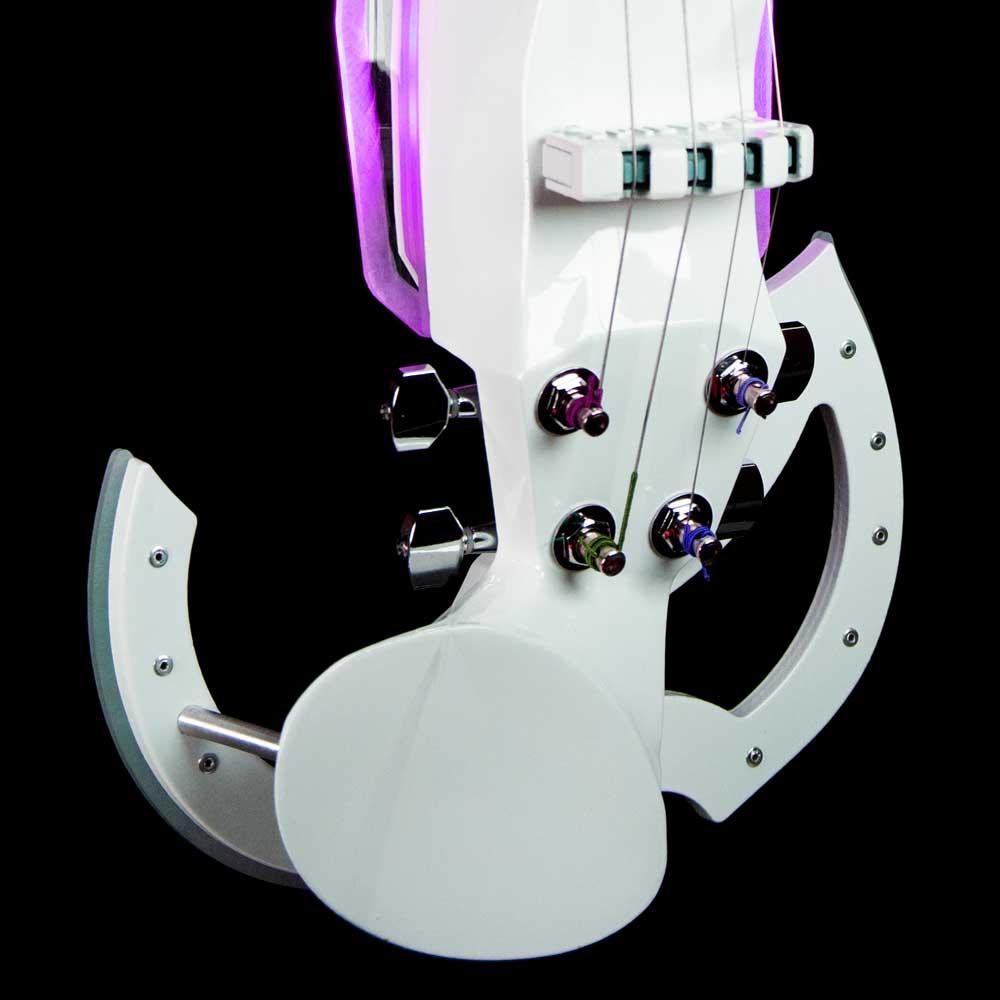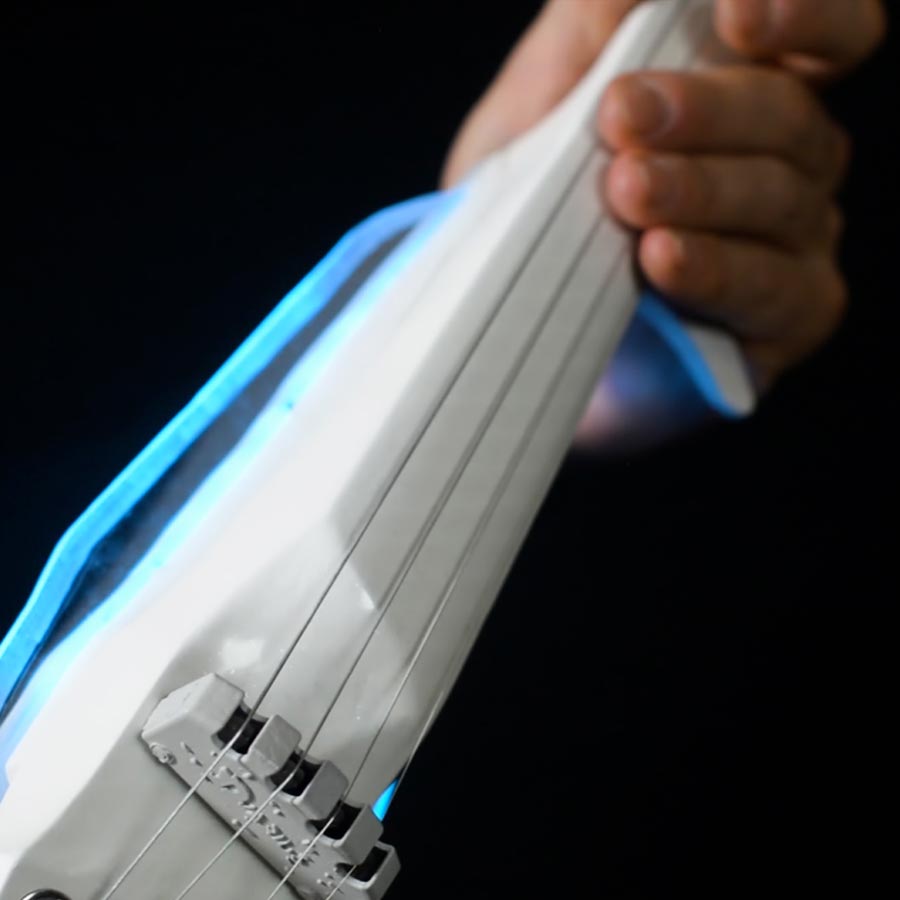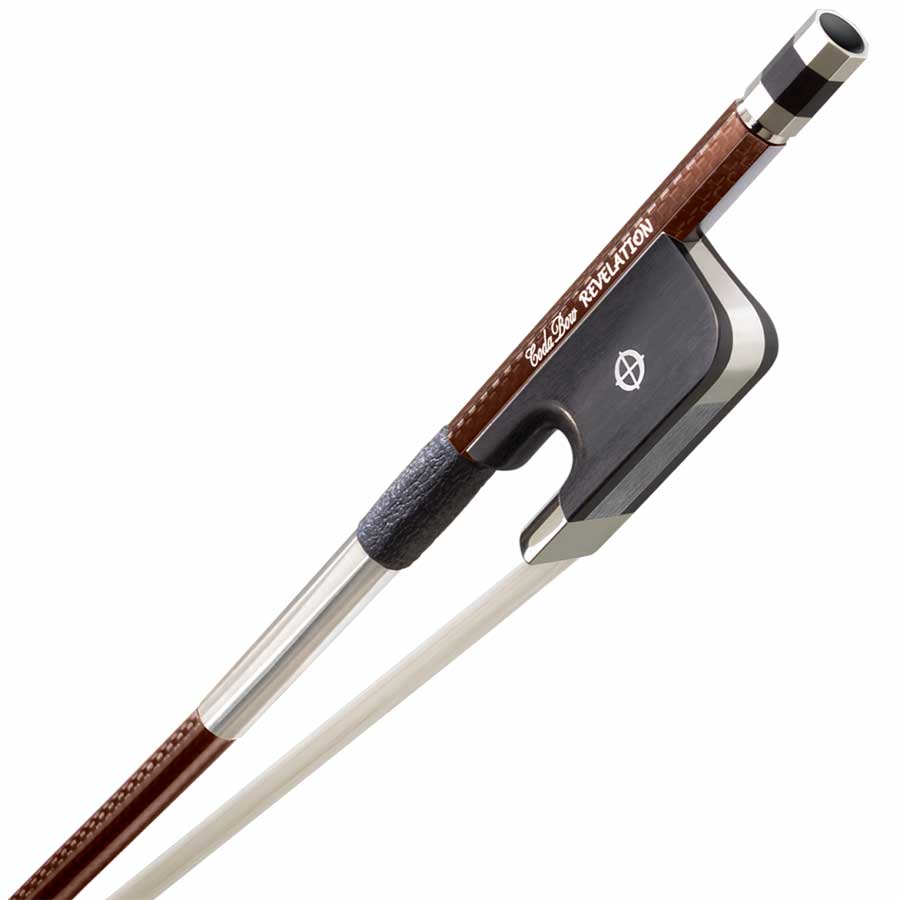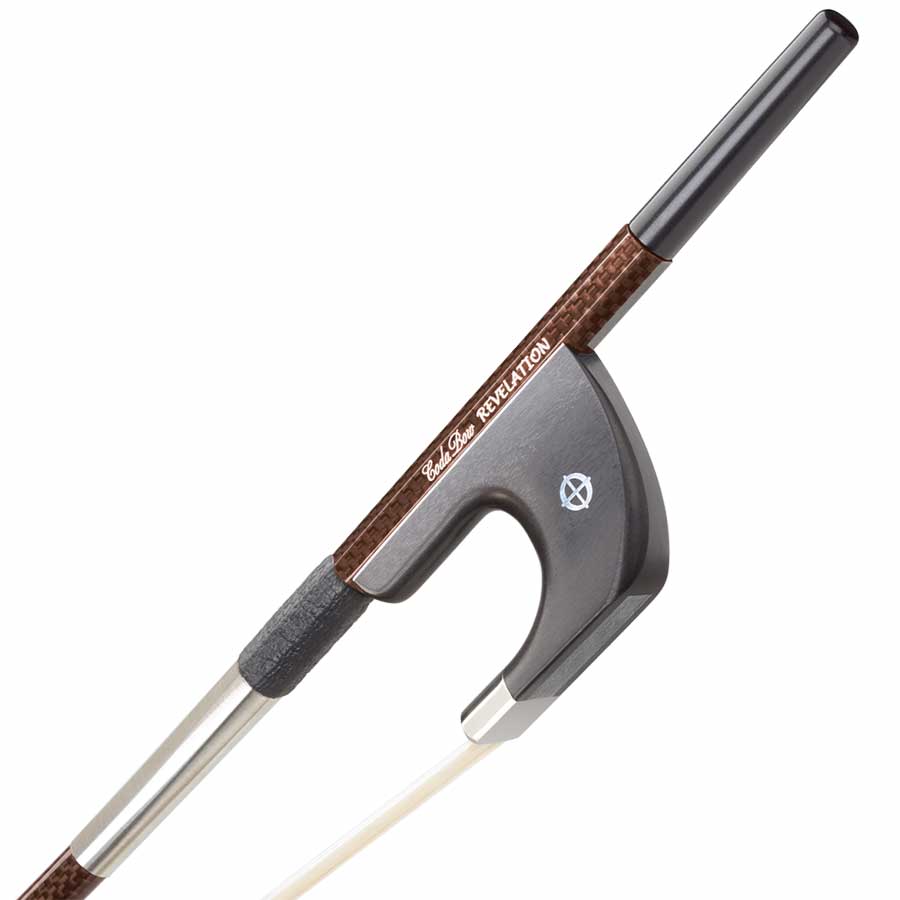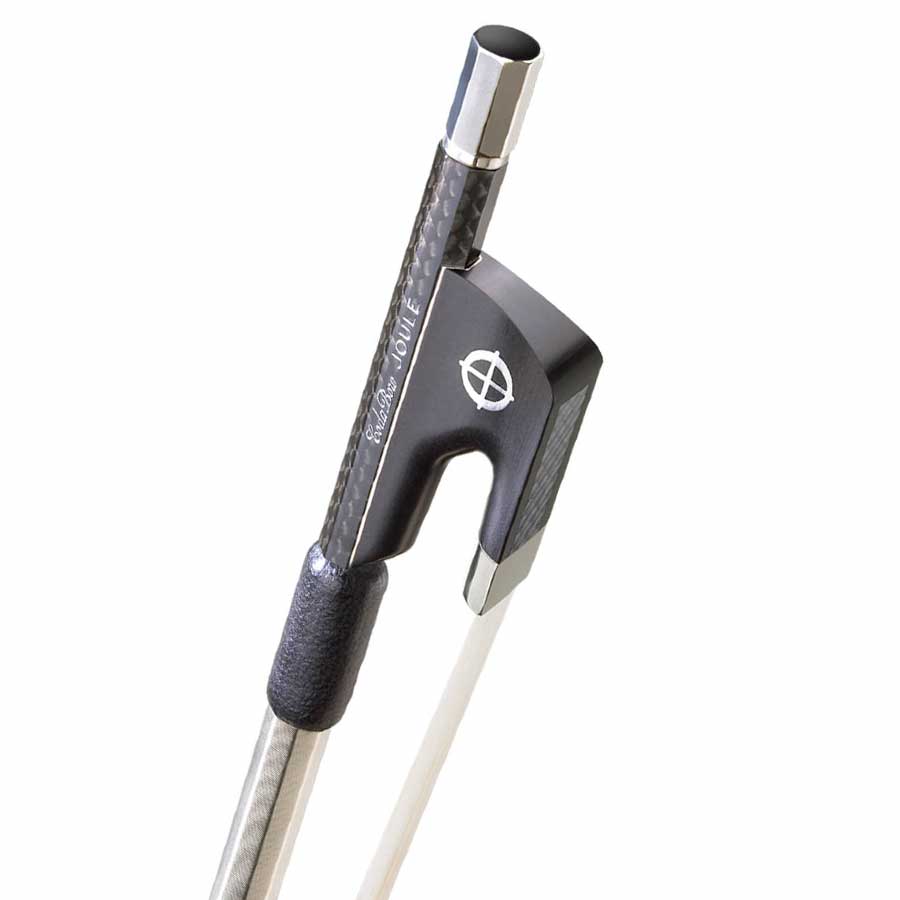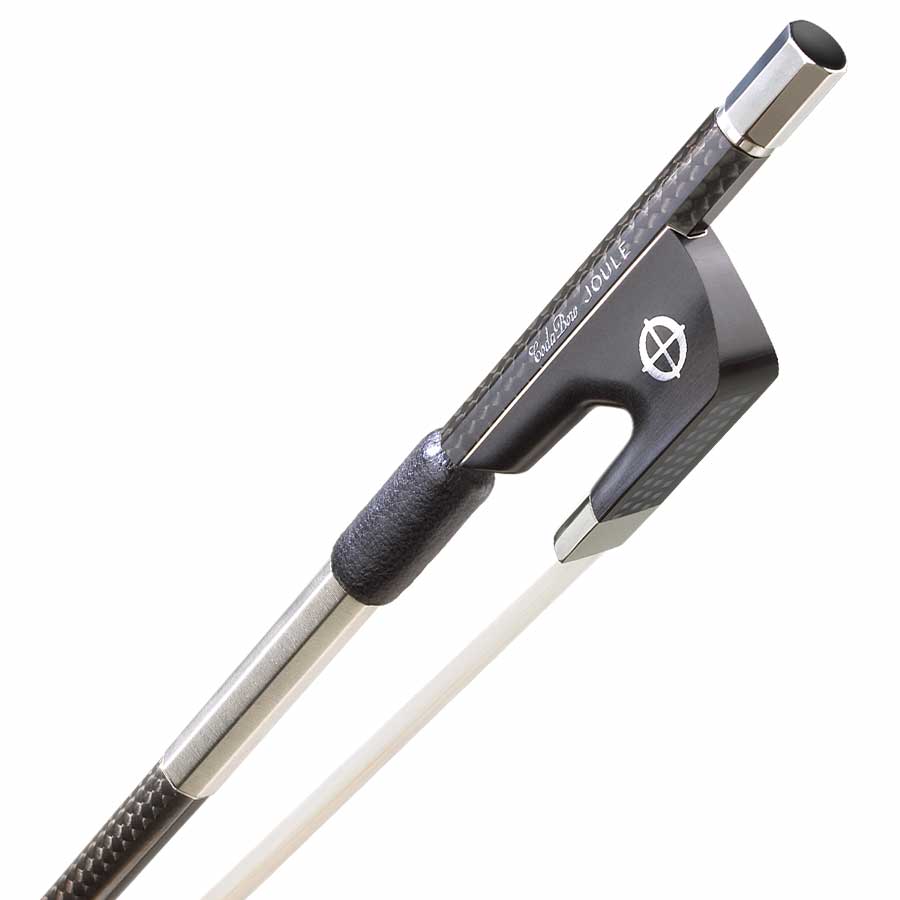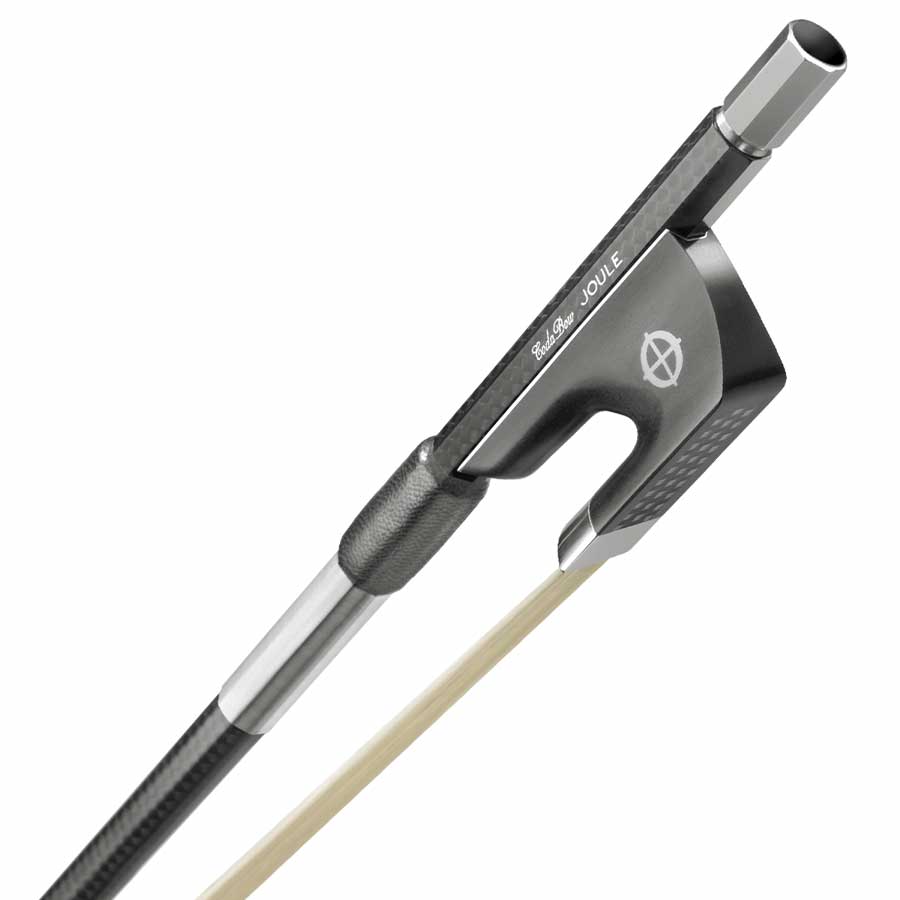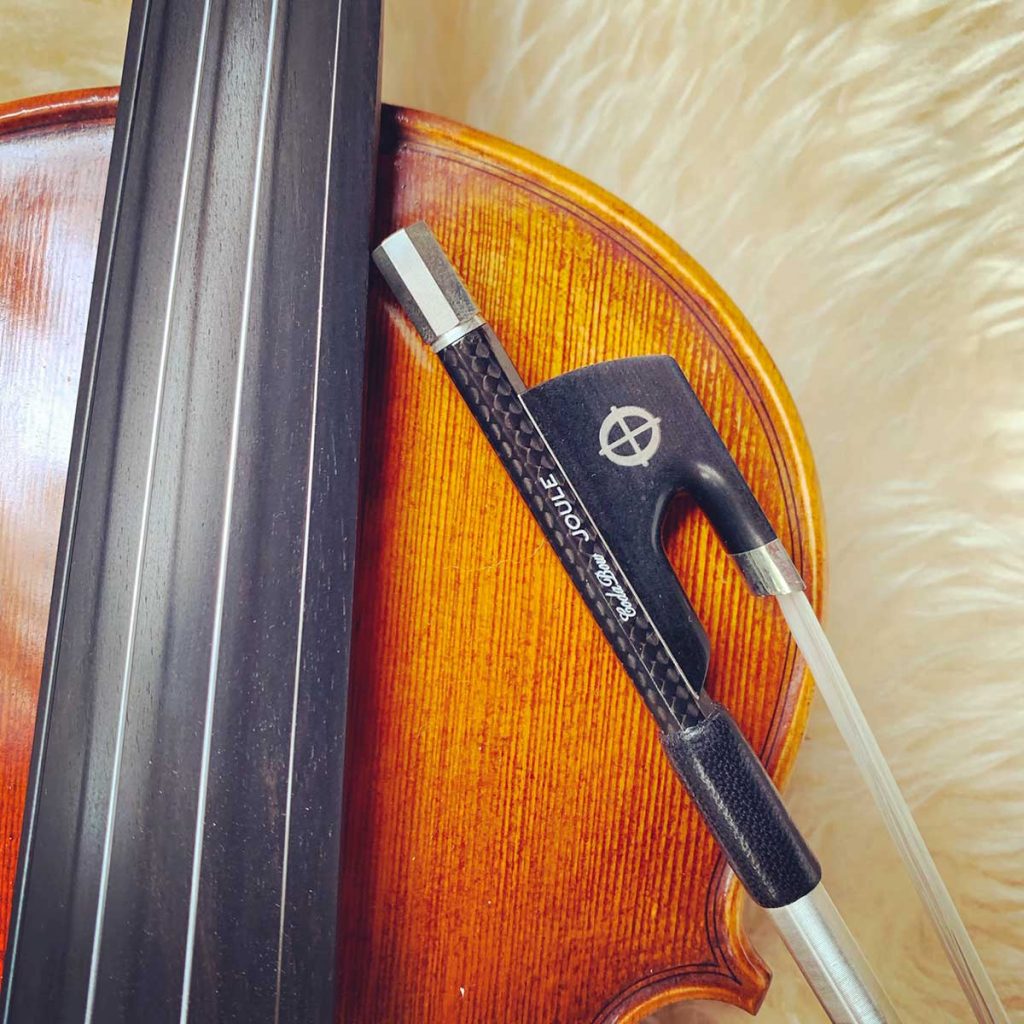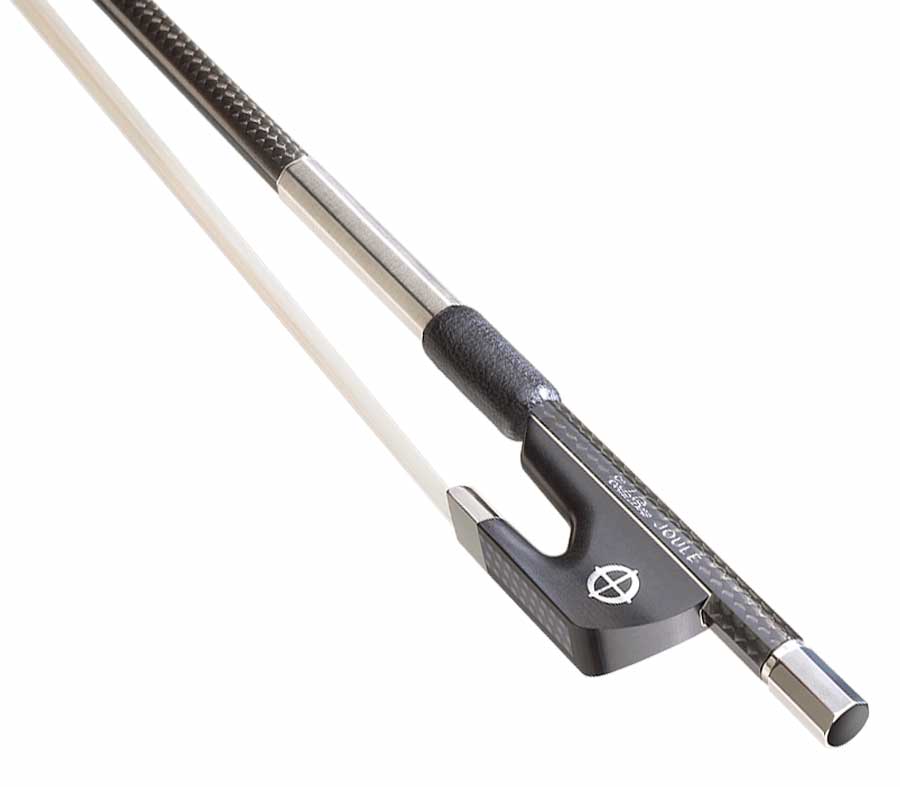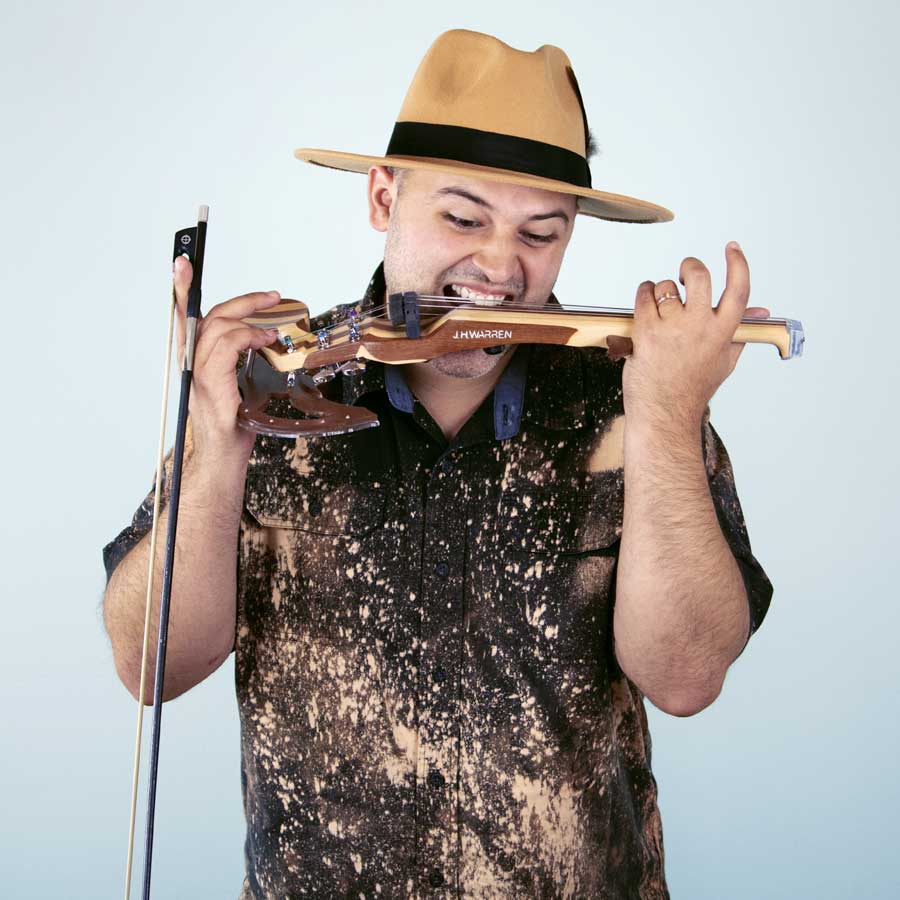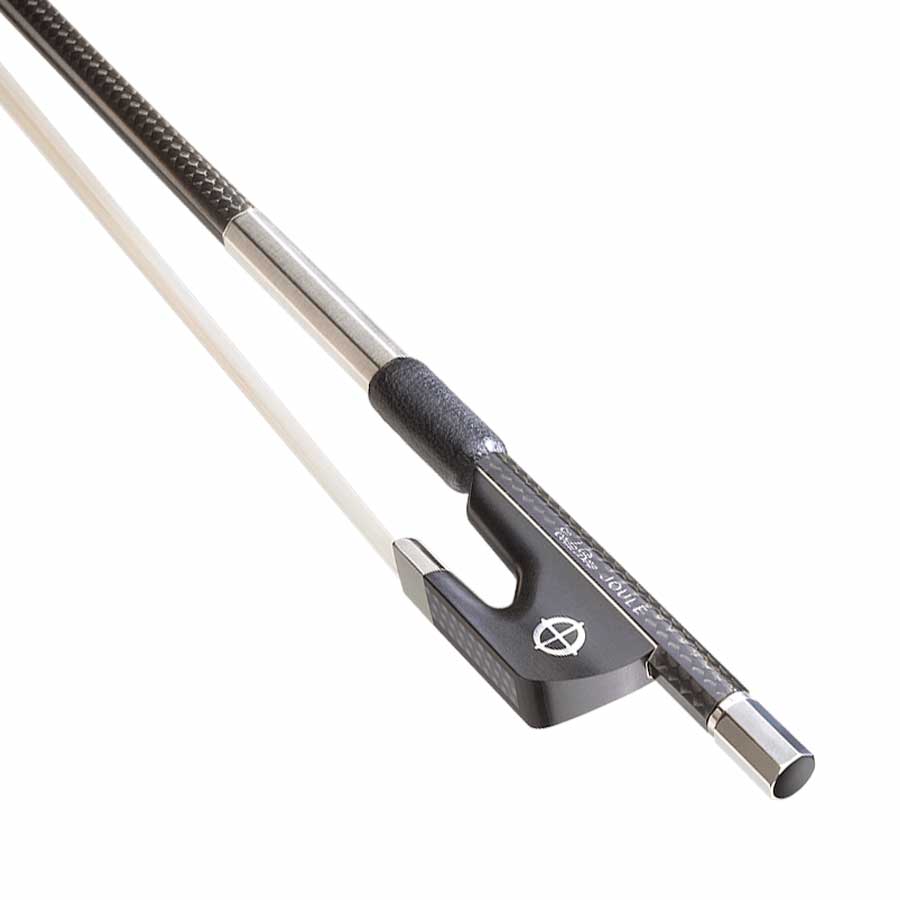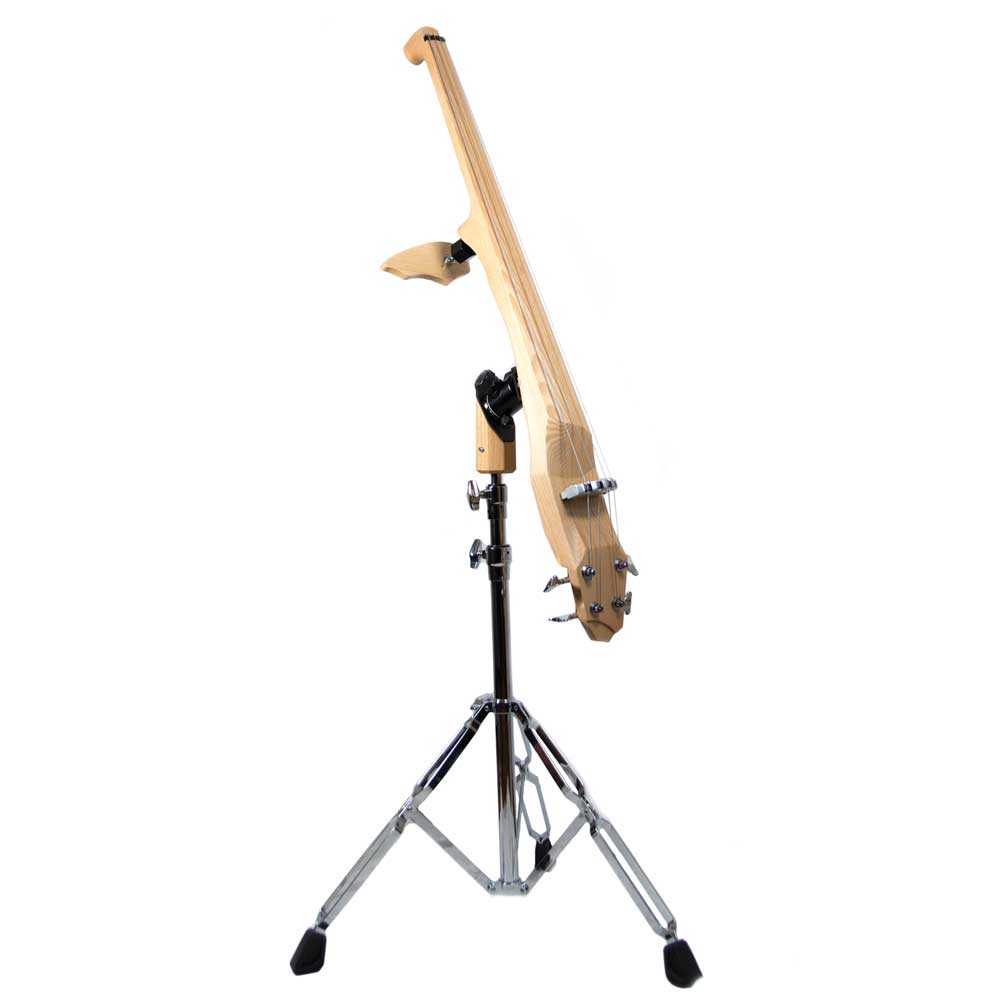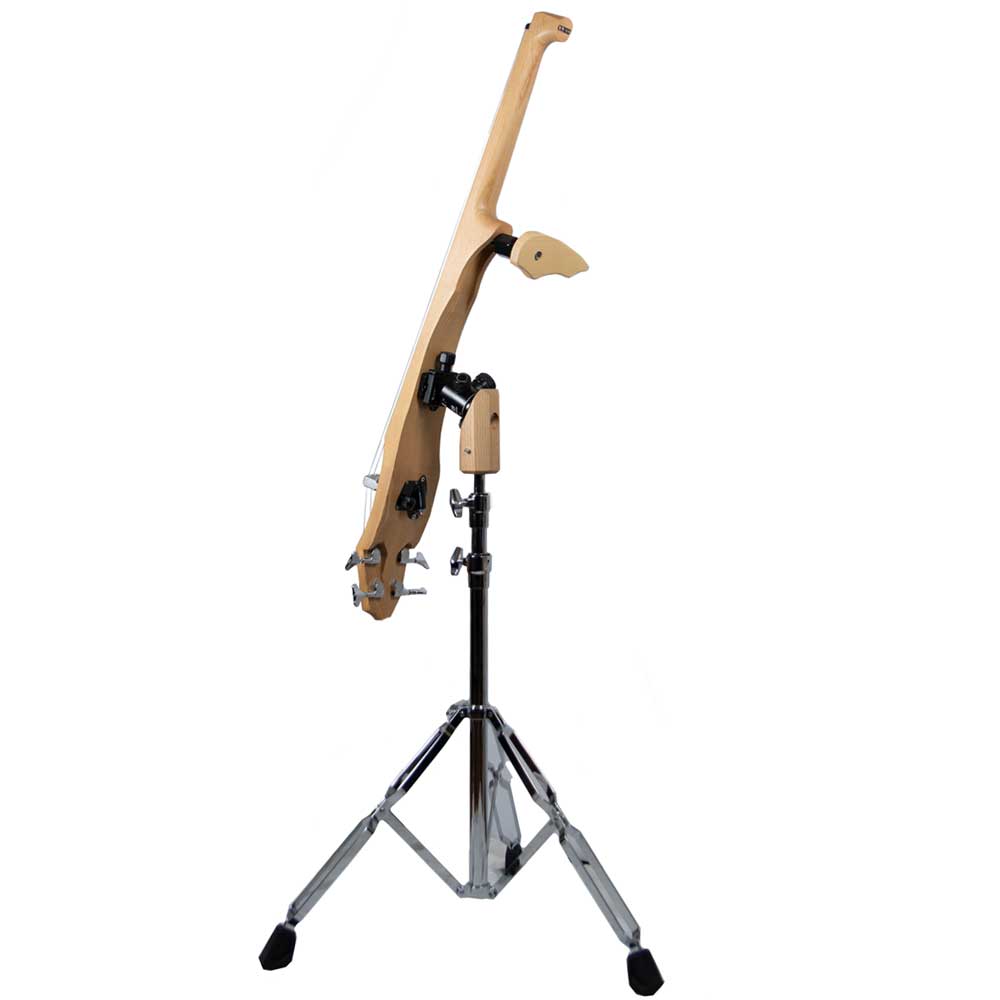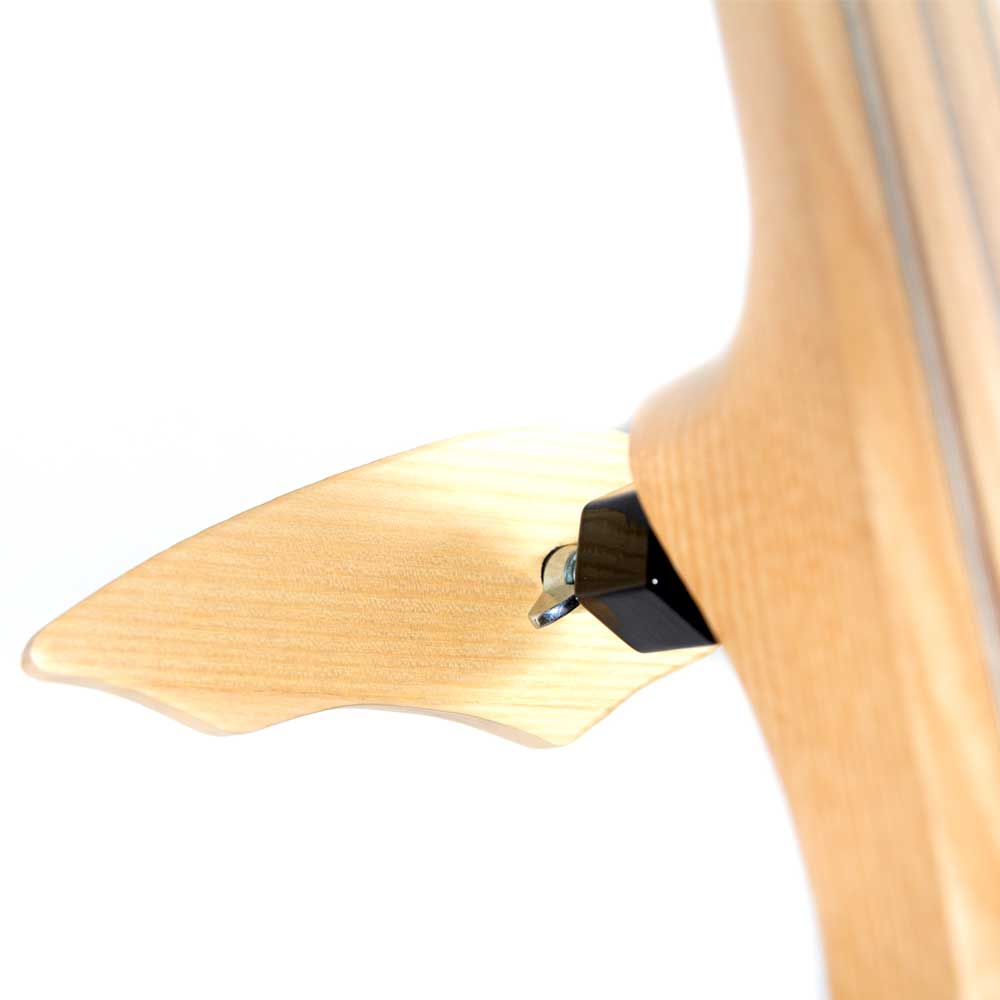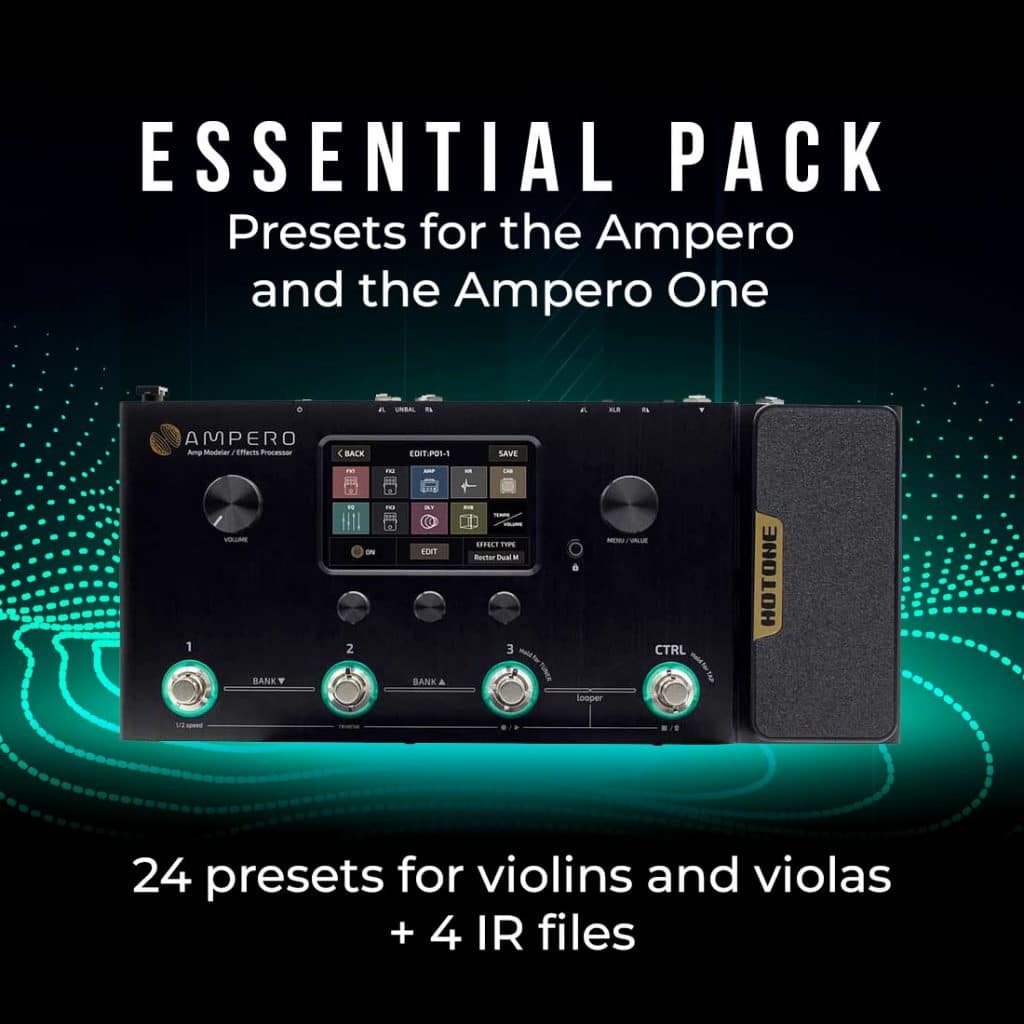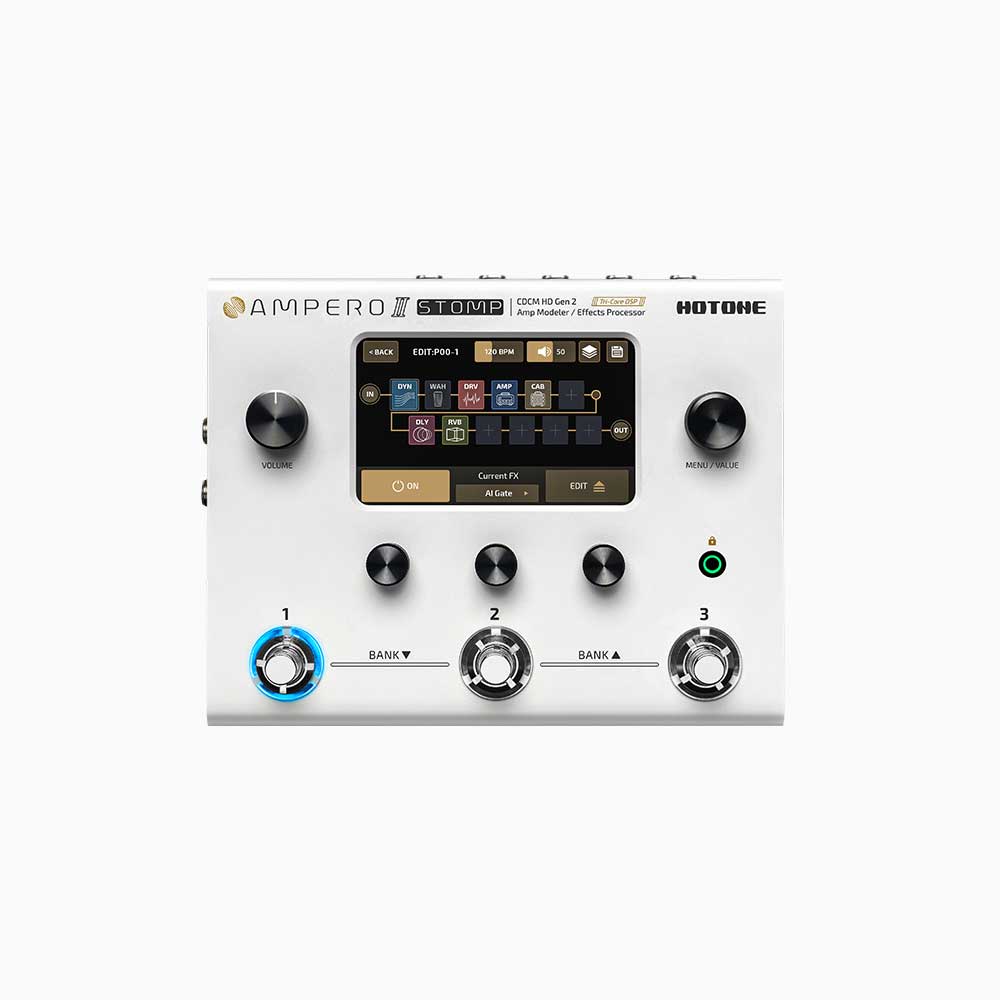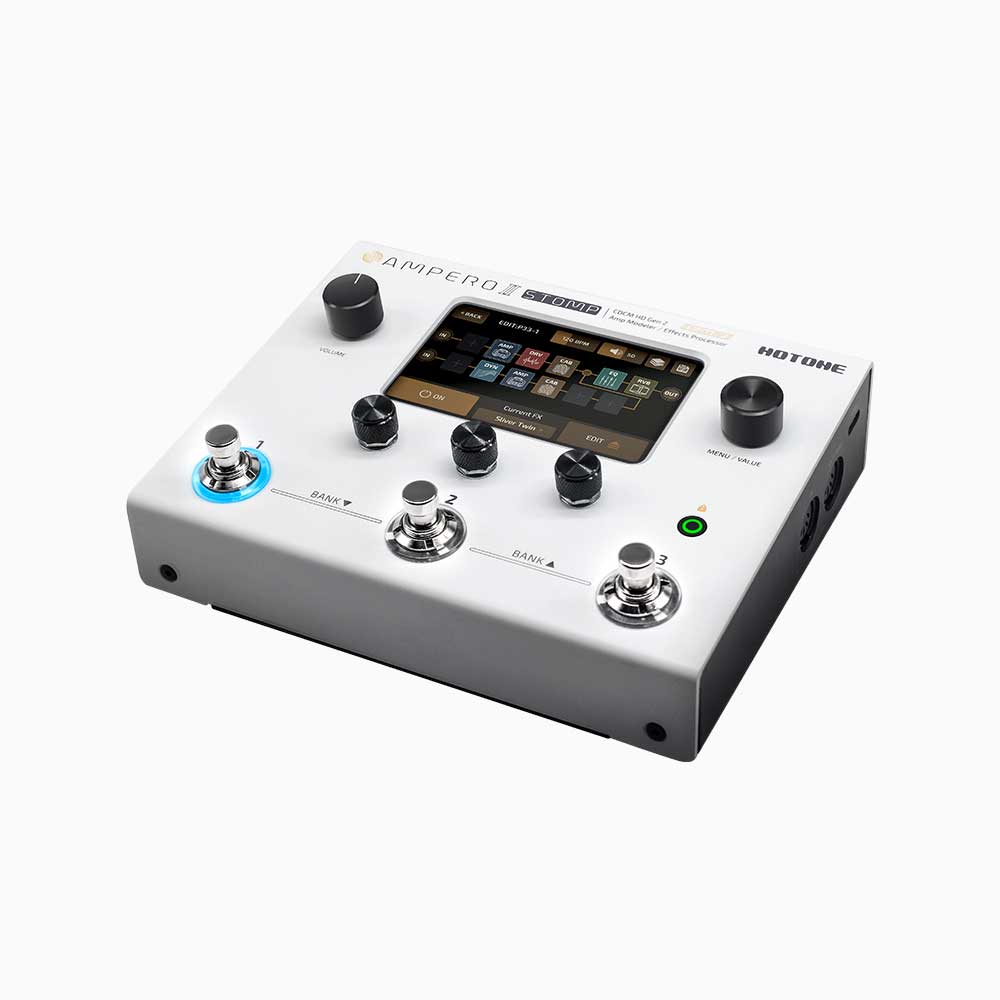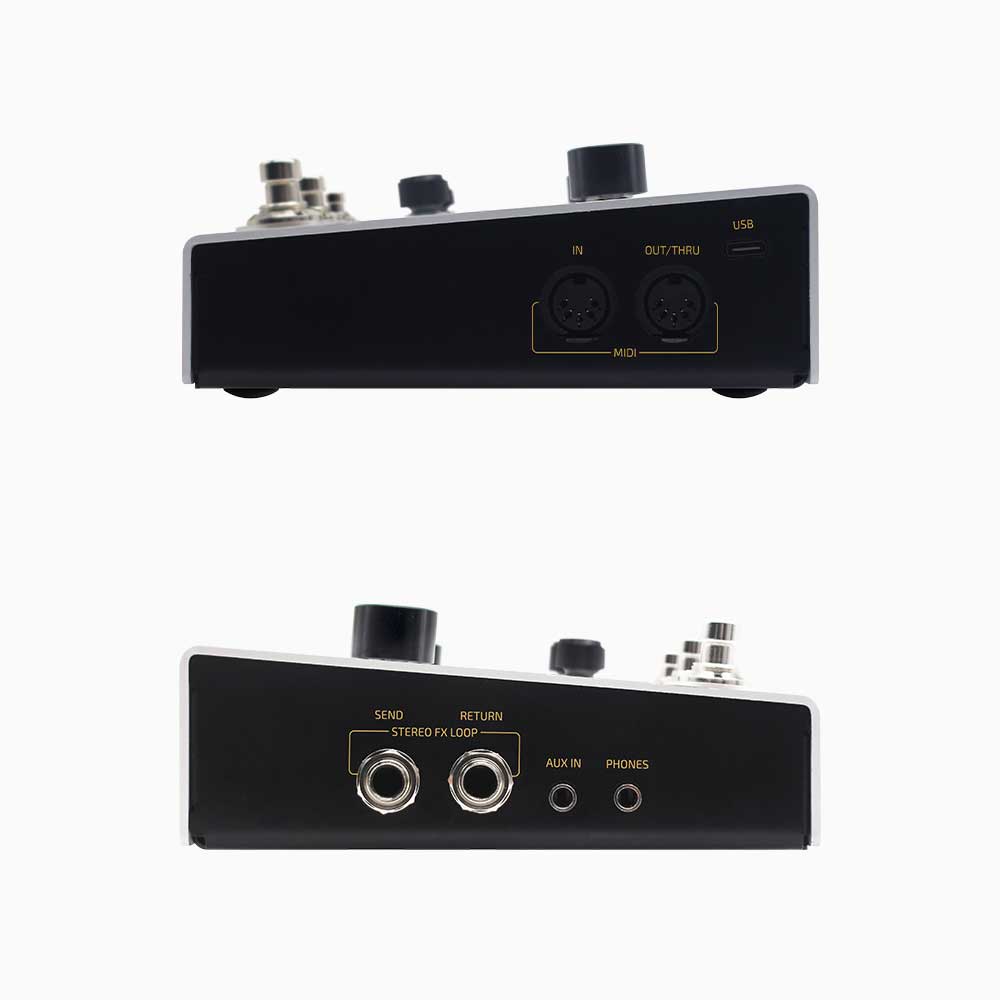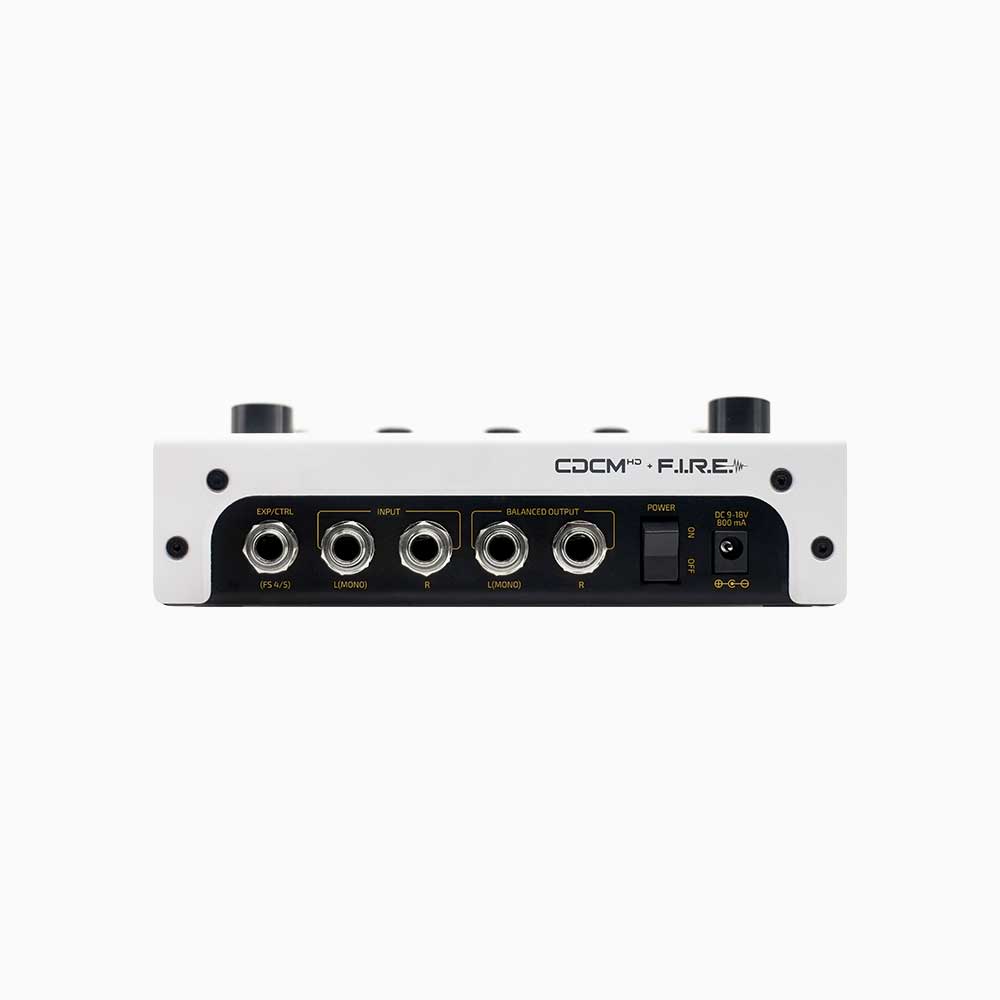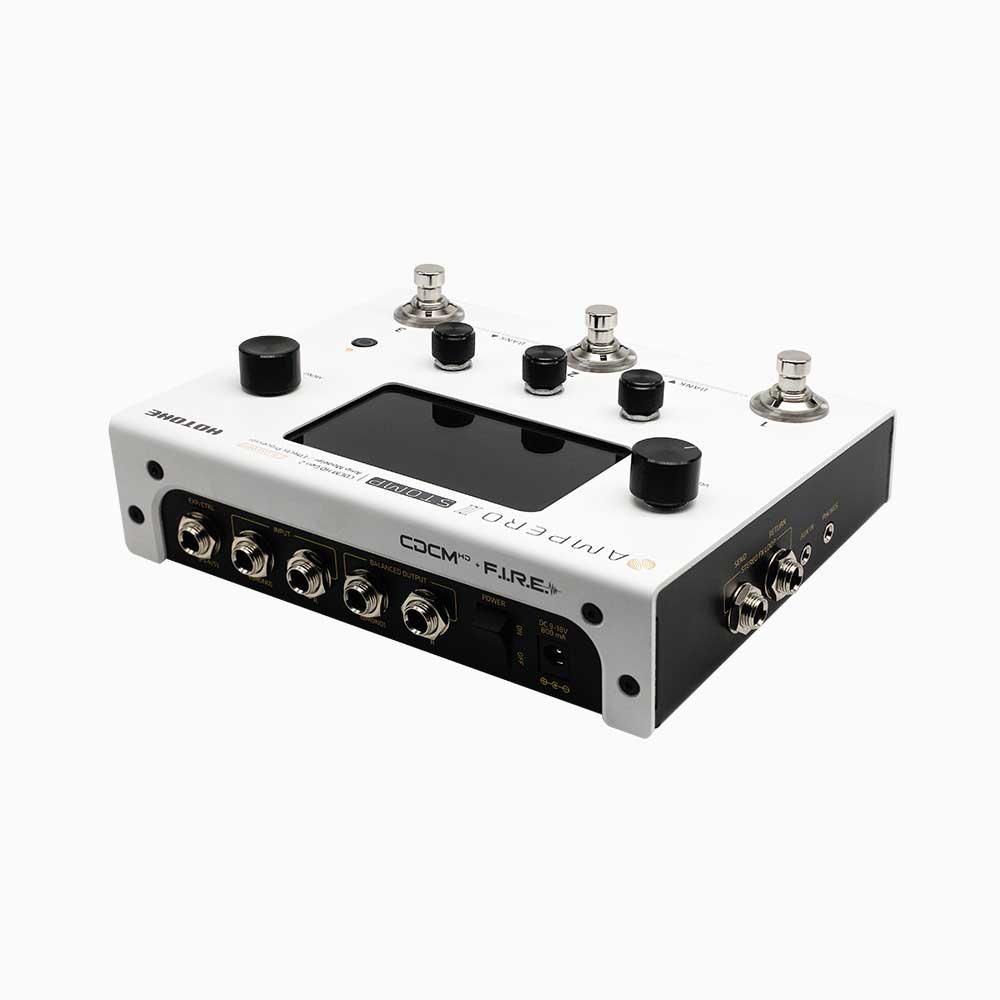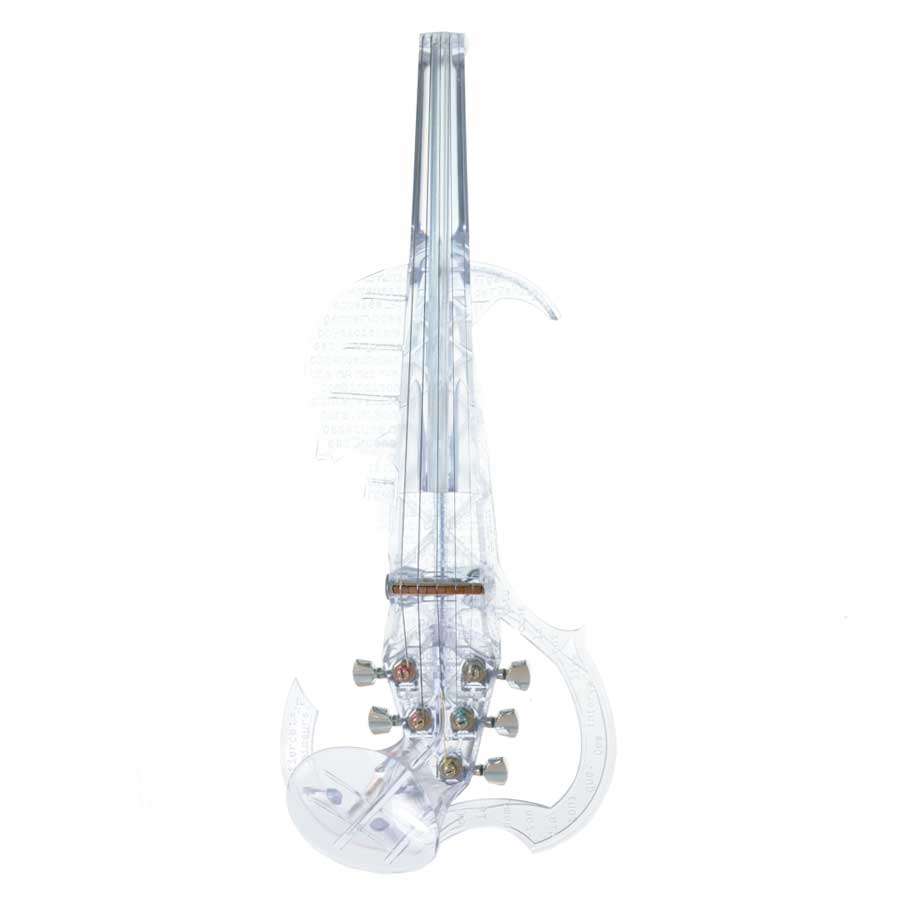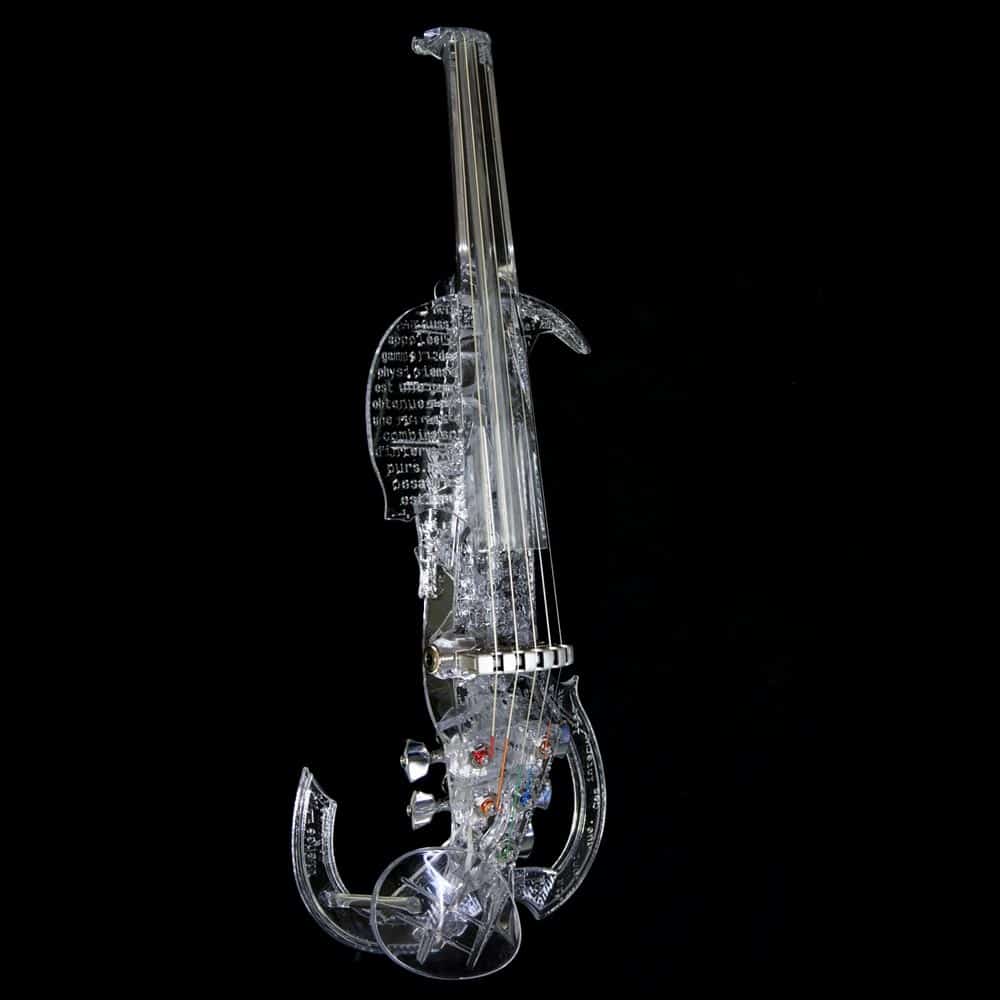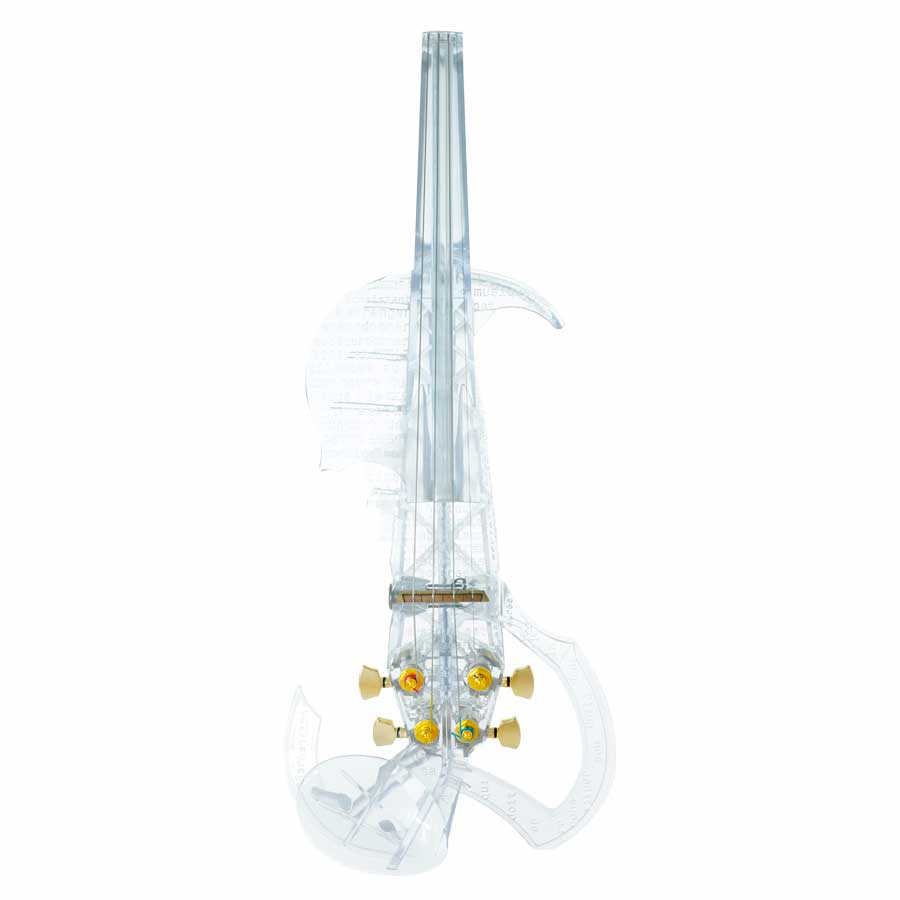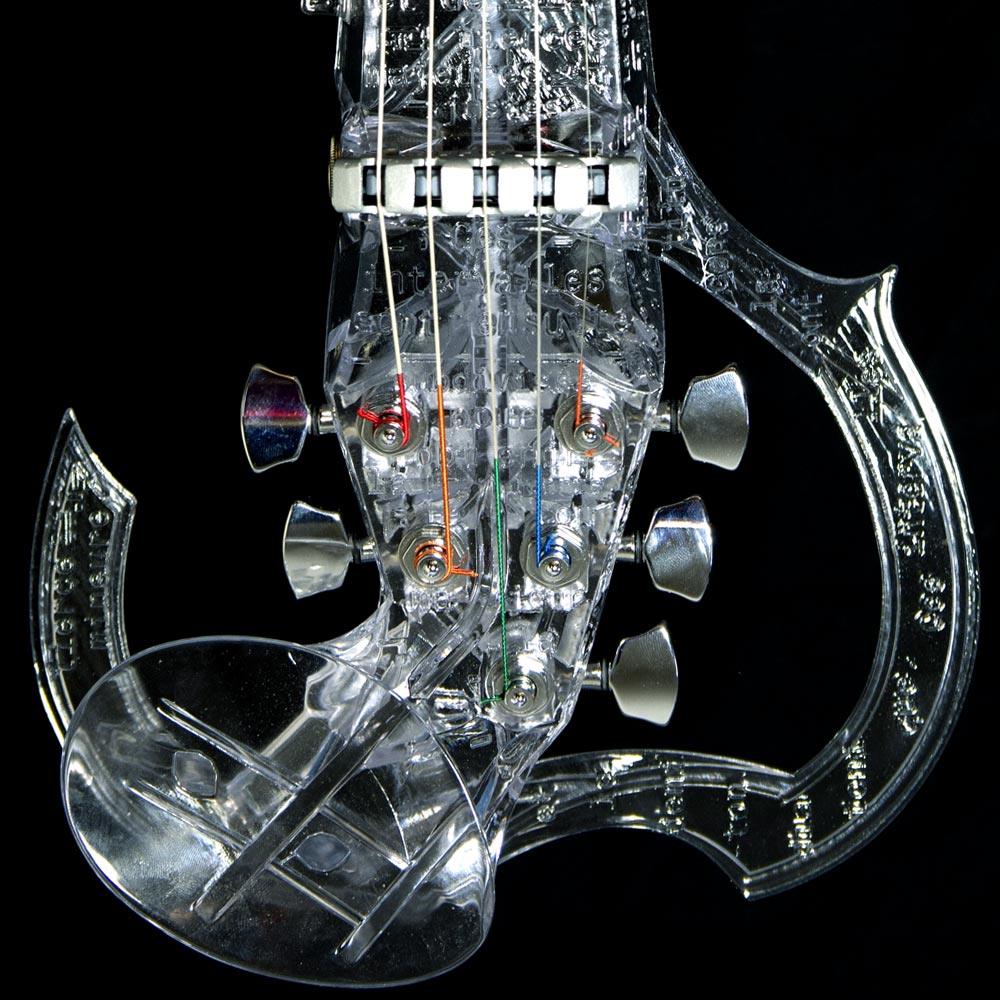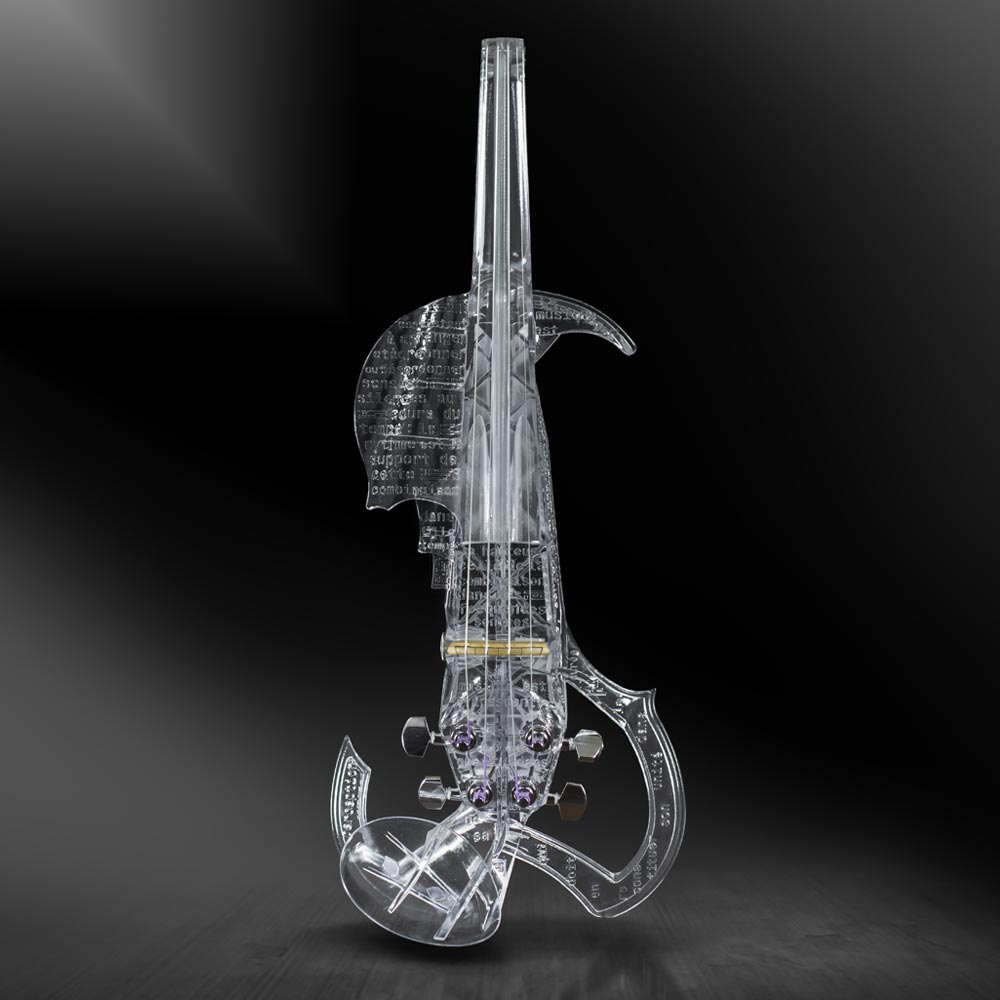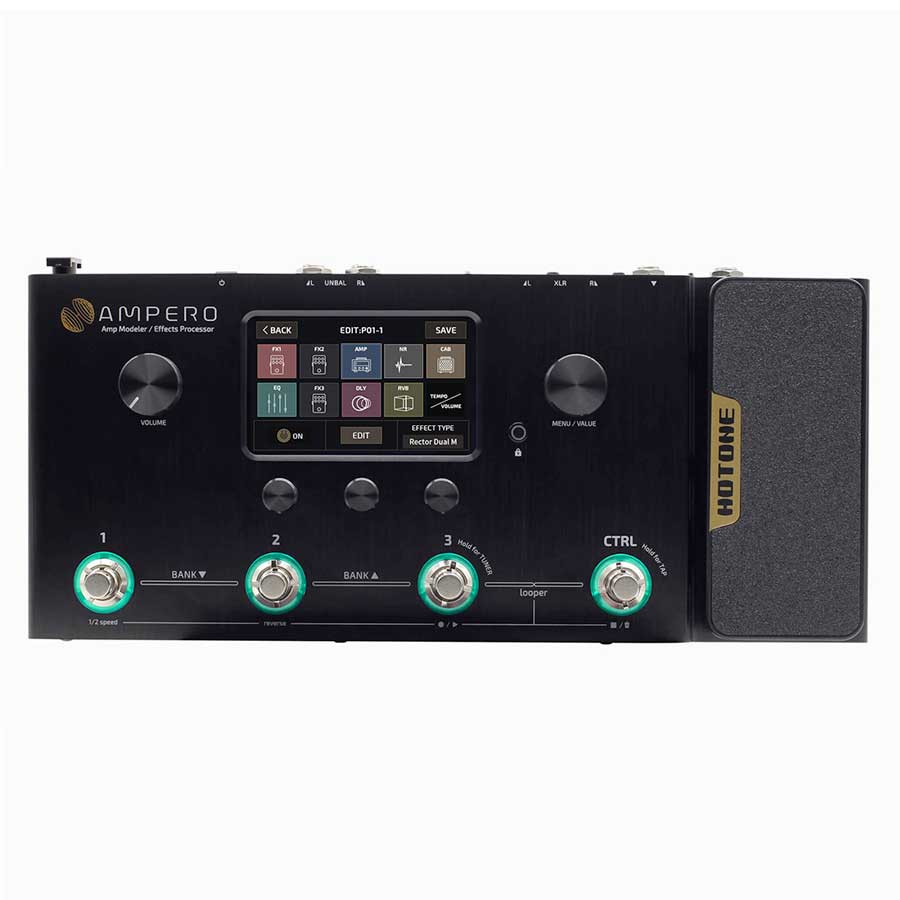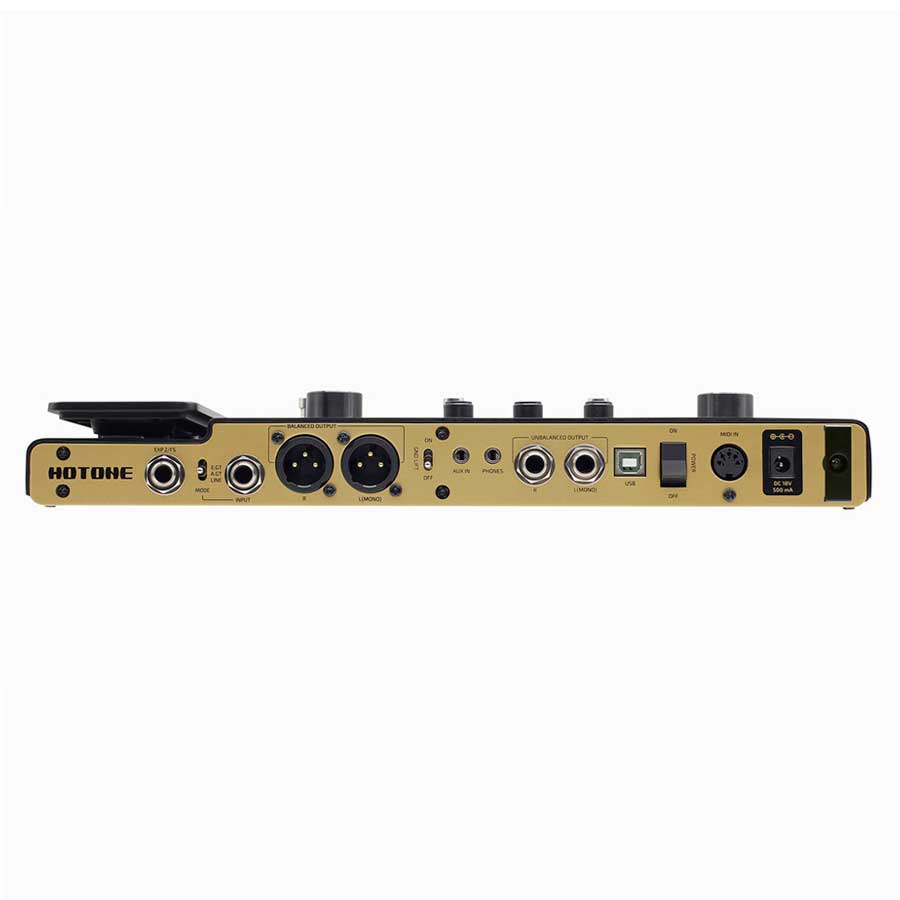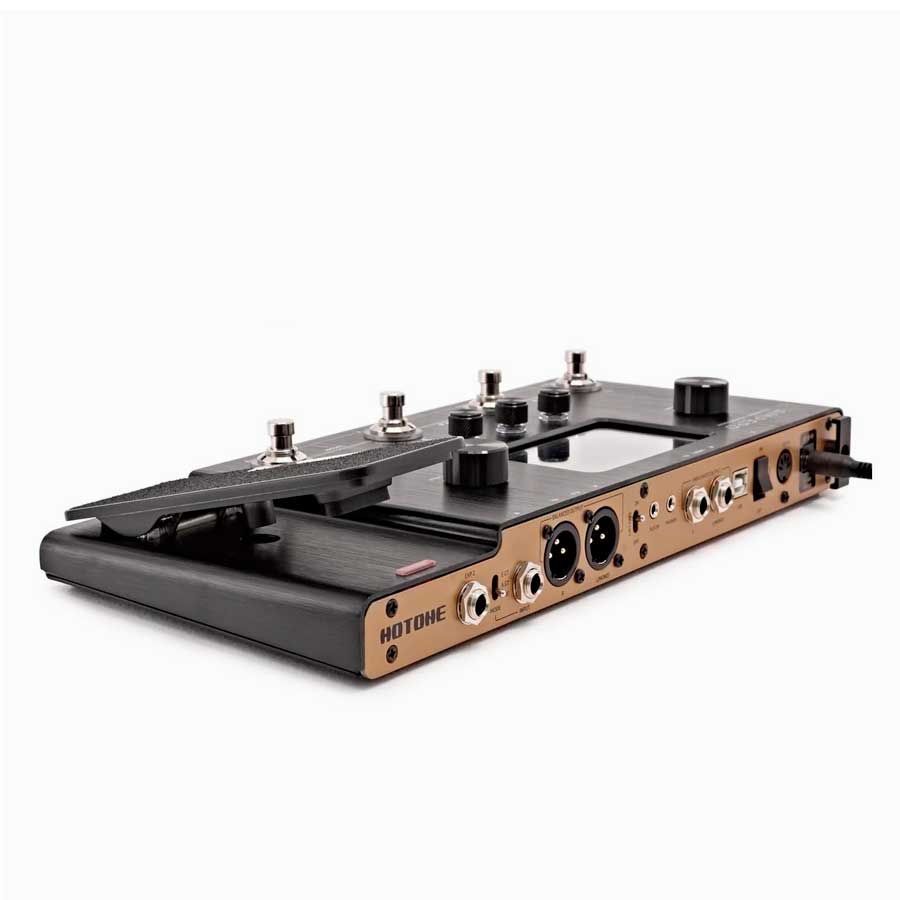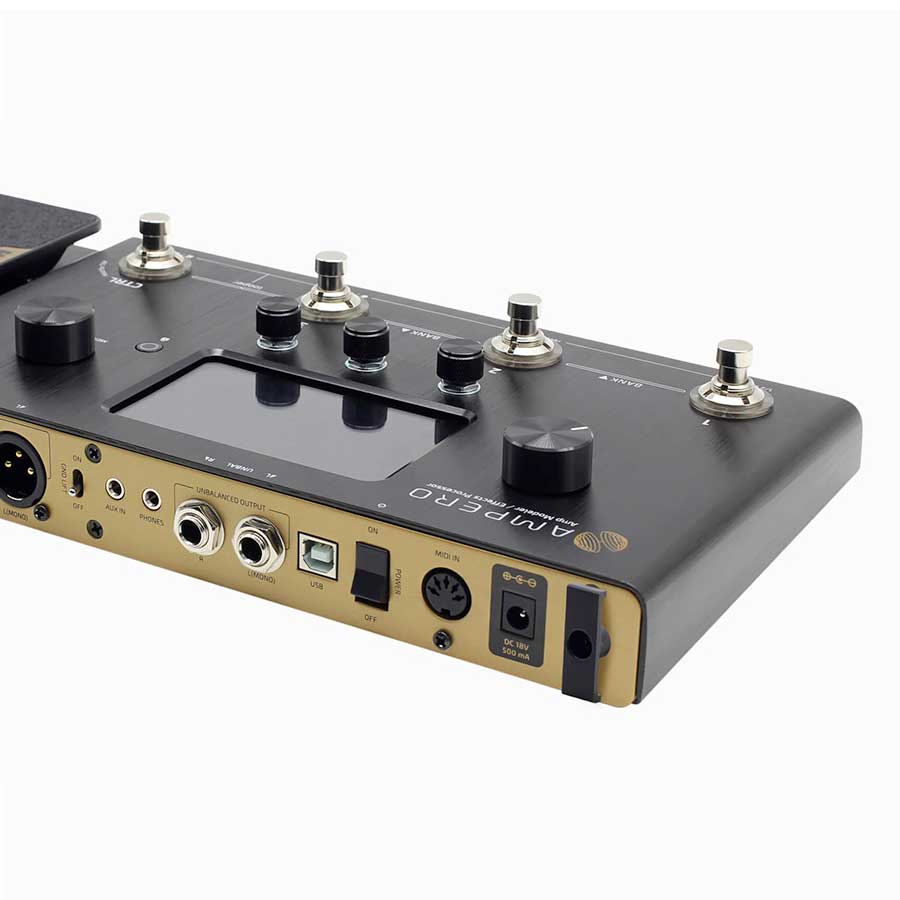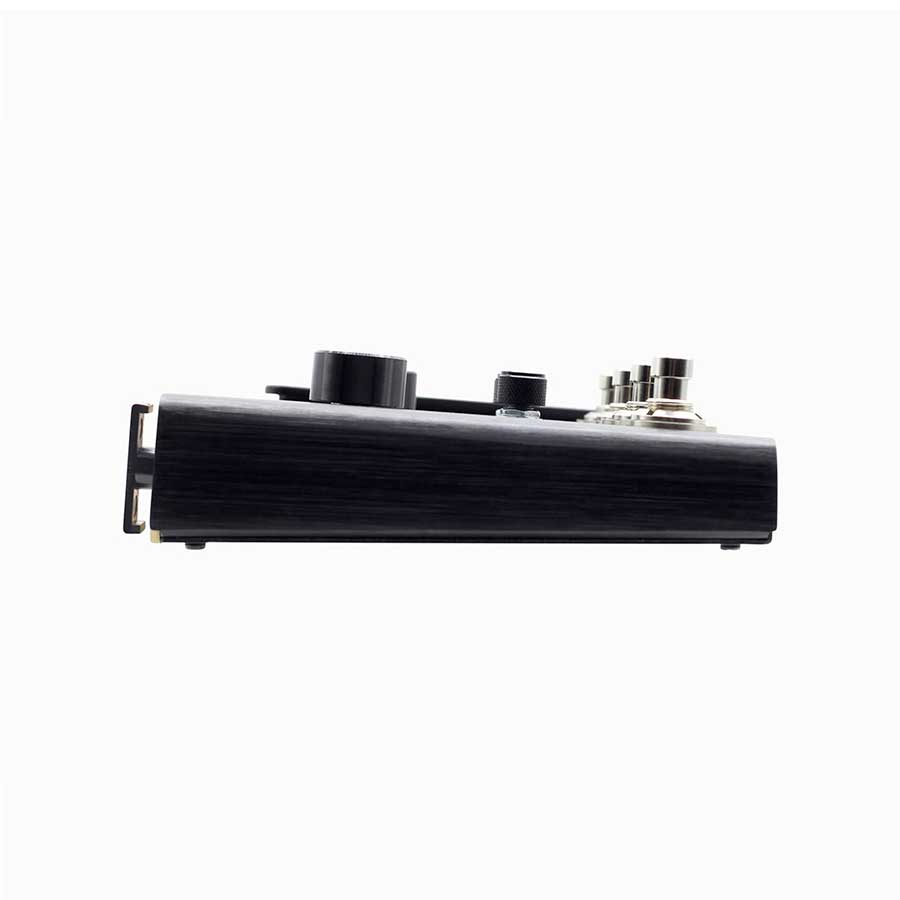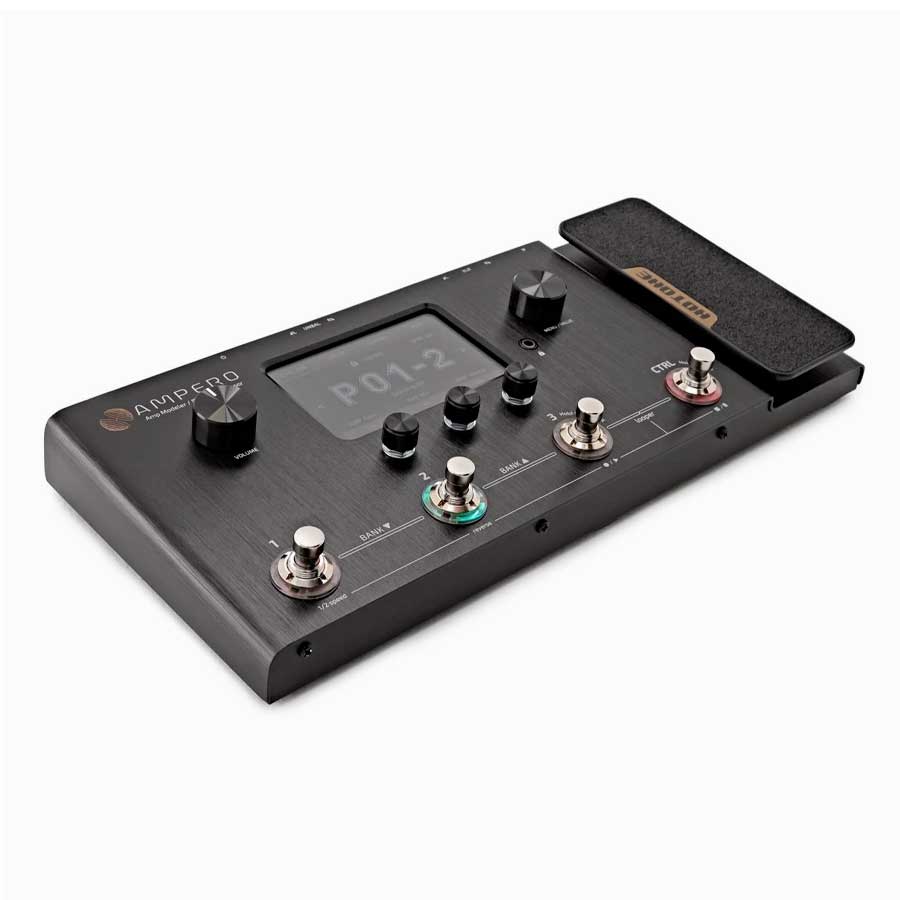You are part of a band and after multiple rehearsals, you feel ready to look for concert dates. You will need a minimum of equipment including a technical rider that will allow you to express your needs to the venue that will welcome you.
What is the purpose of a technical rider?
The purpose of a technical rider is to give the staff on site all the elements you will need to play. They will know exactly your technical needs and the space required for your performance. Once you arrive there, everything should be clear.
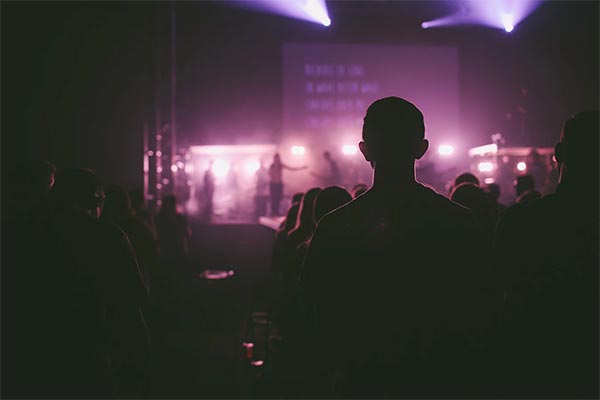
Well, let’s be honest, nothing is perfect when you arrive on D-Day because there are always eventualities. But at least we feel that we have done our best to make sure everything is good to go!
Define all your needs
The first thing to do is to define the technical needs of each member of your band and the space you will need.
Calculate the minimum space you need to position each musician. Then ask each musician what he/she uses: the type of instruments they play, pickups, DI box, type of cables, number of monitor speakers required, etc.
Then determine the sound system that each musician will need and calculate the number of inputs needed on the mixer. If you work with a sound engineer during your performance, ask for his/her help. He generally knows all the key points of a technical rider since he helps setting the sound system for every musician on D-Day.
If you are used to playing with a particular type of lighting, you will have to explain it to him/her.
What does a technical rider contain?
A technical rider must be succinct. No need to do a dissertation, be short and concise. When you write it, you have to put yourself in the position of the people who will welcome you. They must be able to identify your needs, so you must mention all your needs…
The presentation of the band and its members
Start with a short presentation of the band and describe the style of music you play. You can add photos and some links showing what you do.
The needs of the band
Then explain the logistical needs per musician. For example, Arnaud who plays the electric violin.
Arnaud: electric violinist
- 1 effects pedal (Hotone Ampero II Stomp) and 1 looper pedal
- 2 electrical outlets of 220 volts – 50Hz (French plugs)
- 1 monitor speaker (back)
- 1 vocal microphone SM58 type
- 2 outputs to DI box (a 6.5mm mono right jack and a 6.5mm mono left jack)
- 1 stool of about 50 cm high
Create a stage plot
A stage plot is a diagram that positions musicians, their instruments and microphones on the stage, as well as their monitor speakers.
It also contains the dimensions necessary for your stage space and indicates your electricity needs (number of outlets required and minimum electrical power). You can add any other element that you think is essential. Be careful not to overload your scene plot, it must remain legible and understandable.
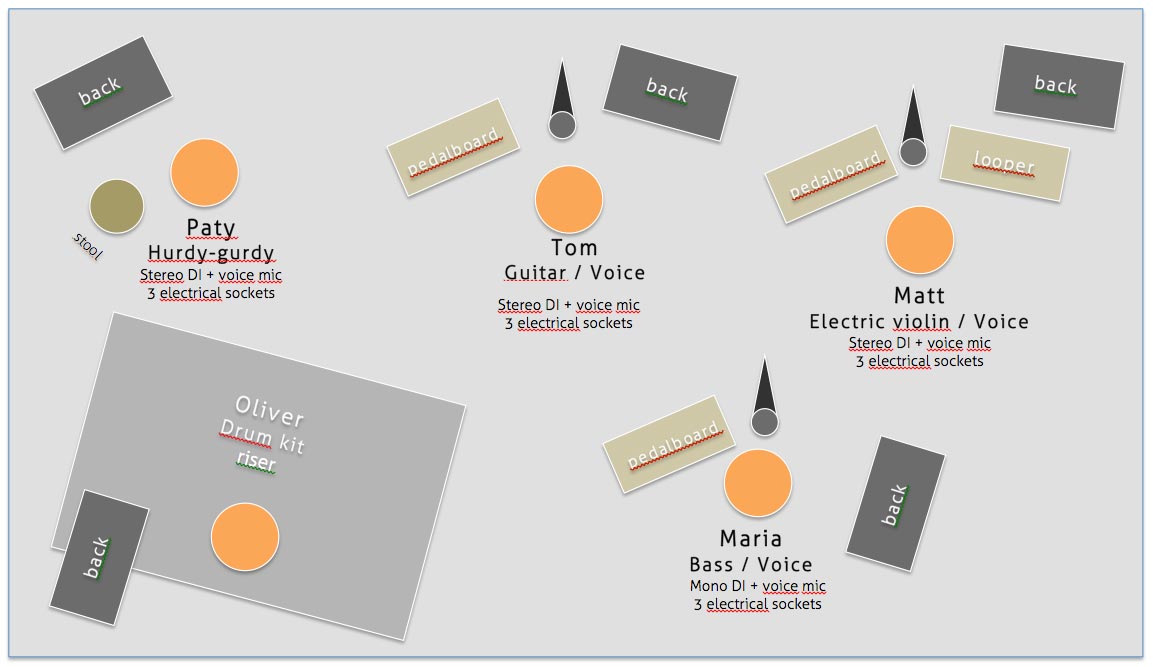
The patch-list
The patch-list is a table that groups the number of inputs that will be used on the mixer.
The table has several columns:
- The input on the mixer
- The name of the musician and his instrument
- The type of microphone used or type of output, and when necessary, the type of stand desired
If you have to wire a battery for sound, it will be necessary to mention all the microphones you need to add the sound.
Here is an example of what a patch-list looks like.

Needs in terms of light
If you travel with your light technician, he will have to express his needs. If your light technician will be the one of the venue welcoming you, he will need to be informed about your habits.
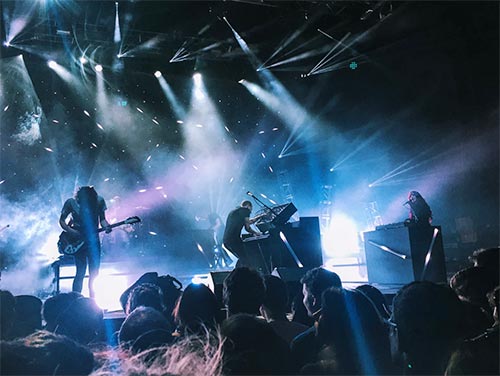
For example, you may have set a scenic style around some atmosphere colors or you may have some fades on certain songs… The light technician will appreciate knowing your needs in advance depending on your set. Mention your expectations, or even prepare a detailed document based on the set.
The expected sound
If you do not have a sound engineer following you, you will have to explain, probably with videos and audio tracks, the type of sound you expect. Some bands also define their sound by quoting renowned bands from the music industry. Everyone knows U2’s style, the sound engineer will not have to search for it…
Non-technical needs on and off the stage
You can mention the type of catering you want, especially if one of the musicians is vegetarian or has special allergies. The number of bottles of water you will need. Travel conditions in the case of a trip by train, plane or personal vehicle. Also, the accommodation conditions if you cannot go home after the concert.
It may also be necessary to have someone who understands at least English if you are abroad and you do not speak the language of the country.
A name and contact information
At the bottom of your technical rider, add the contact of at least one person who can answer the questions of the sound engineer or the manager of the venue that will welcome you.
Example of a technical rider
Here is a Technical rider example, but it will give you an overview of what is achievable. It is clean and simple, and can be adapted by everyone with Microsoft Word.
Get for free the Word template of this technical rider. You can use it and adapt it. Feel free to decorate it with photos to make it even more visual and attractive!
Images: Unsplash – @sulivan, @laurawielo, @matthewkalapuch

